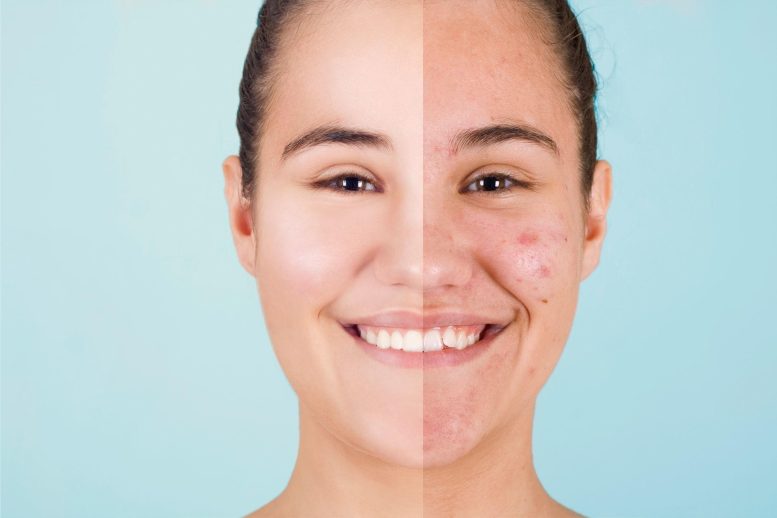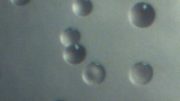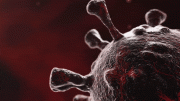
Australian scientists have pioneered a novel acne treatment using nanoparticles. They encased an antibacterial compound called Narasin in tiny nanoparticles and applied it in gel form to acne sites. Notably, this drug, traditionally used in the livestock industry, showed a significantly higher absorption rate when delivered via nanocarriers. With acne affecting nearly 9.4% of the global population and leading to a myriad of psychological impacts, this breakthrough holds great potential.
It’s a common skin disorder that troubles approximately 800 million teenagers and adults globally. However, scientists from Australia might have discovered a promising treatment for acne using nanoparticles.
In a study led by the University of South Australia (UniSA), a new antibacterial compound known as Narasin was encased in tiny, soft nanoparticles 1000 times smaller than a single strand of human hair and applied in a gel form to targeted acne sites.
The Drug’s Origins and Effectiveness
The drug – more commonly used in the livestock industry – proved successful against drug-resistant acne bacteria and delivered via nanocarriers achieved a 100-fold increase in absorption than simply taken with water.
The findings have been published in the journal Nanoscale.
Lead author UniSA Ph.D. student Fatima Abid says this is the first time that nano-micelle formulations of Narasin have been developed and trialed.
Implications of Acne and Current Treatment Options
“Acne severely impacts approximately 9.4% of the world’s population, mainly adolescents, and causes distress, embarrassment, anxiety, low self-confidence, and social isolation among sufferers,” Abid says.
“Although there are many oral medications prescribed for acne, they have a range of detrimental side effects, and many are poorly water-soluble, which is why most patients and clinicians prefer topical treatments.”
Credit: University of South Australia
Abid’s supervisor, pharmaceutical scientist Professor Sanjay Garg, says a combination of increasing antibiotic resistance and the ineffectiveness of many topical drugs to penetrate hair follicles in acne sites means there is a pressing need to develop new antibacterial therapies that are effective and safe.
Potential of Narasin in Acne Treatment
Narasin is commonly used for bacterial infections in livestock but has never been previously investigated as a viable treatment for acne.
Abid, Prof Garg, and researchers from UniSA, the University of Adelaide, and Aix-Marseille Université in France also investigated how well Narasin encased in nanoparticles penetrated various layers of skin, using pig’s ear skin as a model.
“The micelle formulation was effective in delivering Narasin to acne target sites, as opposed to the compound solution which failed to permeate through skin layers,” Prof Garg says.
Reference: “Nanotechnology and narasin: a powerful combination against acne” by Fatima Abid, Bhumika Savaliya, Ankit Parikh, Sangseo Kim, Marzieh Amirmostofian, Laura Cesari, Yunmei Song, Stephen W. Page, Darren J. Trottb and Sanjay Garg, 14 August 2023, Nanoscale.
DOI: 10.1039/D3NR01789C









Be the first to comment on "Narasin – Scientists Discover Potential Magic Bullet for Acne"